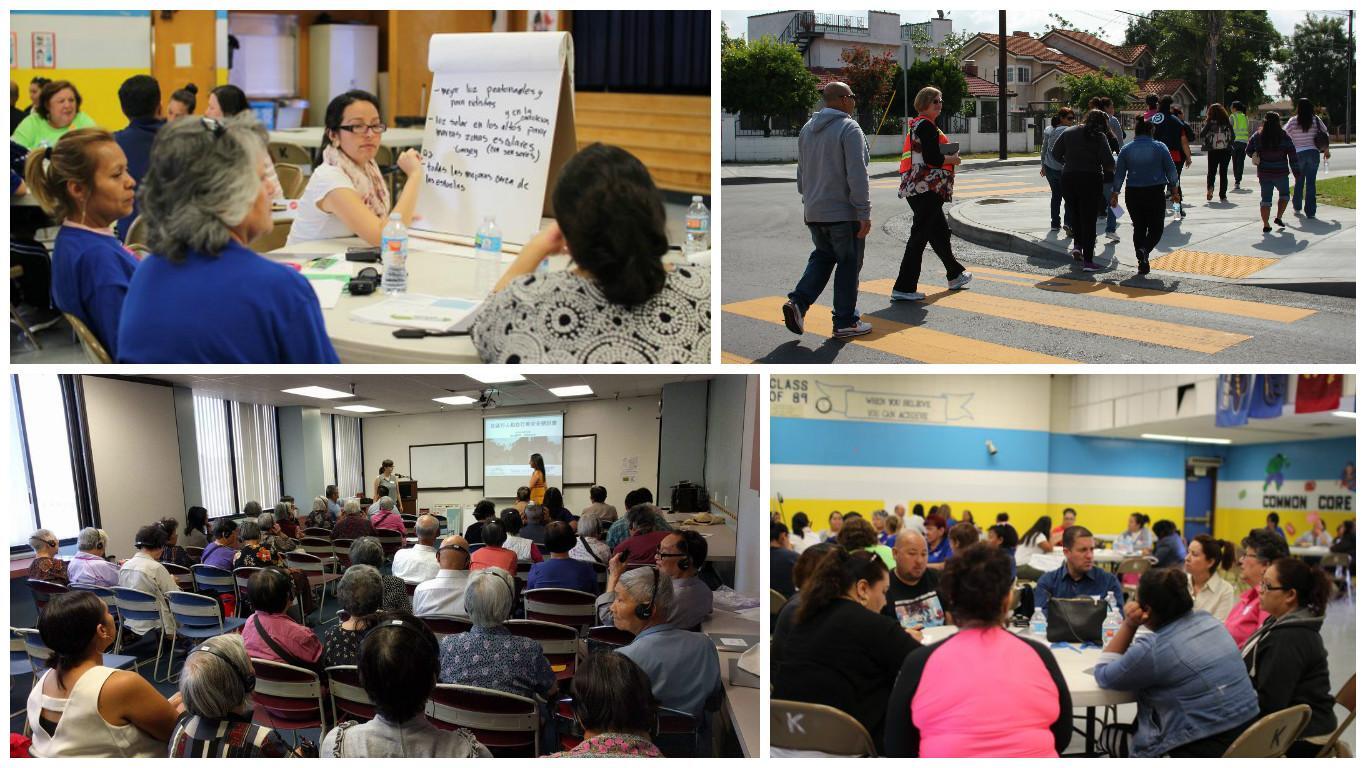- « first View: Taxonomy term
- ‹ previous View: Taxonomy term
- …
- 28 of 39 View: Taxonomy term
- 29 of 39 View: Taxonomy term
- 30 of 39 View: Taxonomy term
- 31 of 39 View: Taxonomy term
- 32 of 39 View: Taxonomy term (Current page)
- 33 of 39 View: Taxonomy term
- 34 of 39 View: Taxonomy term
- 35 of 39 View: Taxonomy term
- 36 of 39 View: Taxonomy term
- …
- next › View: Taxonomy term
- last » View: Taxonomy term




